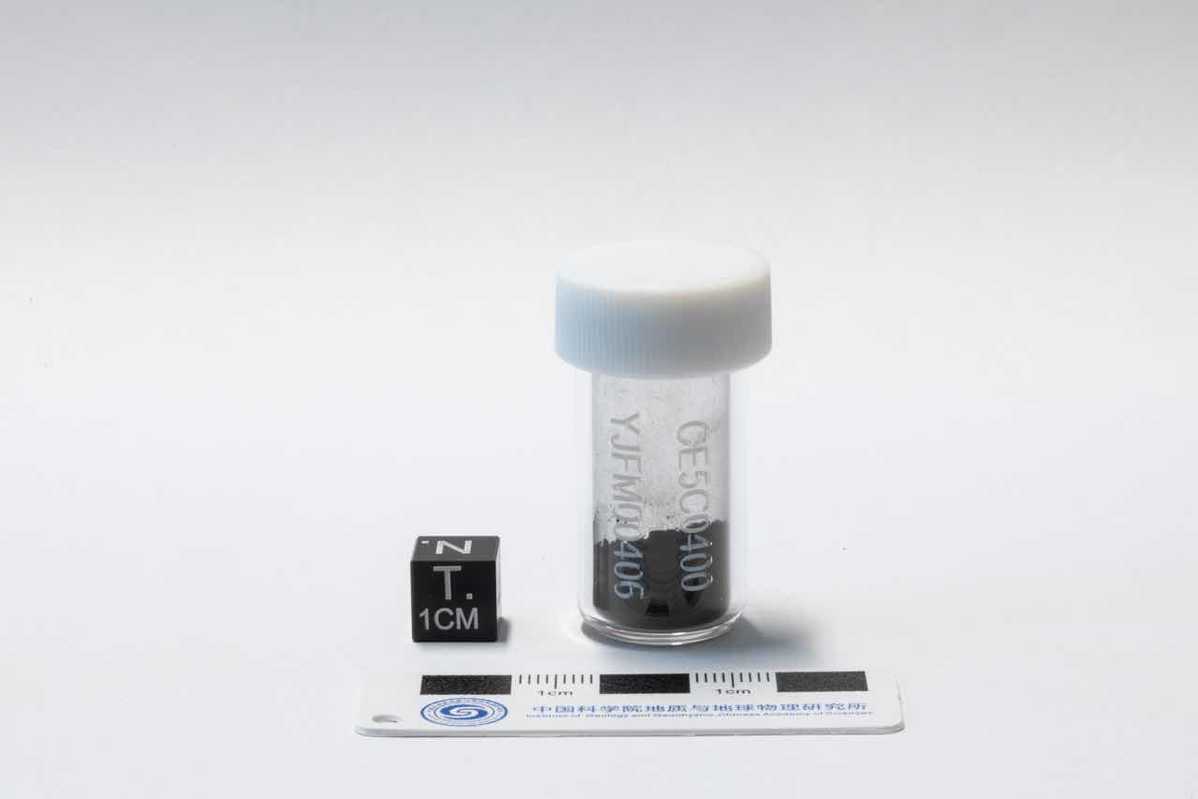The study, published January 8 in the journal Science Advances, found that lunar soil at the landing site contained less than 120 ppm of water, or 120g of water per ton, and a light, lenticular rock that carried 180 ppm of water. These numbers suggest that the surface of this satellite is much drier than it is on Earth.

Measurement data on the proportion of water on the surface of the Moon.
To get this result, an instrument aboard the lunar lander measured the spectral reflectance of the soil and rocks. And this is also the first time scientists have discovered water on the spot. The water content of rocks can be estimated because water or hydroxyl molecules absorb at a frequency of about three micrometers, according to researchers from the Chinese Academy of Sciences (CAS).
It is the solar wind that contributes to the moisture content of the lunar soil, the researchers say, because it carries hydrogen to form water.
According to the researchers, the extra 60 ppm water in the stone could have come from the Moon’s own interior. The rock is estimated to be part of a hailstorm, which broke away from a wetter basalt before wandering on the landing pad to be picked up by the lunar lander.
The study revealed that the moon has become drier over a certain period of time, possibly due to the degassing of its surface mantle.

The Chang’e 5 spacecraft landed in an area near Mons Rümker – a mountain in the Ocean of Storms. This place is believed to be the remnant between a powerful collision between the Moon and an asteroid about 3.9 billion years ago. The result of the collision created a giant ‘black spot’, nearly 2,900 km wide on the surface of this satellite. The automated device measured the water on site and took out soil samples weighing 1,731 grams.
“Samples brought back to Earth are often a mixture of particles both at the surface and below,” Lin Honglei, a researcher with the CAS Institute of Geology and Geophysics, said. “But an in situ probe can measure the outermost layer of the Moon’s surface.”
Mr. Lin also said that to simulate the conditions of the Moon’s surface on Earth is a challenge, so in-situ measurements become essential. The above results are also consistent with the preliminary analysis of 5 samples returned by Chang’e, according to the study.
According to the researchers, the findings provide further clues about the follow-up missions of China’s Chang’e 6 and Chang’e 7 landers. Because surveys of water reserves on the Moon are an important part of the plan to build manned lunar stations, a project that is in the works and is expected to take place in the coming decades. .
Refer Xinhua
.
